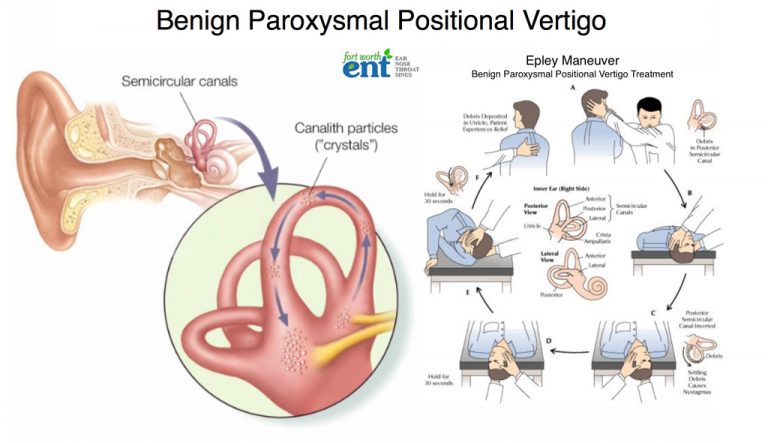

Vertigo is the chief complaint of patients when there is dysfunction or disease within the inner ear portion of the balance pathway or along the inner ears’ connections to the brain. Disruption to any of these areas through injury or disease can affect one’s feeling of being balanced.

Many systems are involved including the brain, the spinal cord, the eyes, the ears and the receptors in the skin, joints and muscles. The anatomy and physiology underlying the human body’s sensation of balance is complex. what Excel Physical Therapy’s approach to rehabilitation is.
Vertigo medicine professional#
what tests your healthcare professional will do to diagnose it.This movement is generally described as a whirling, spinning or rotating type of motion. Vertigo is the medical term used to describe a patient’s symptom of perceiving (falsely) that they are moving within their environment or that objects in their environment are moving around them. Some people, however, suffer with a more severe and specific type of dizziness called vertigo. Dizziness as a medical complaint is very common. Dizziness is a catch-all term that can describe an assortment of symptoms from feeling woozy after a ride at the amusement park or feeling light-headed as you stand up from sitting, to a sensation of being unstable or feeling like you are going to faint.

We have all experienced, for a variety of reasons, the sensation of being dizzy. Welcome to Excel Physical Therapy's resource on Vertigo. Physiotherapy in Medicine Hat for Vertigo


 0 kommentar(er)
0 kommentar(er)
